For a president who is announced as a paramount agreement maker, the next 11 weeks will be a fundamental test, as his advisers compete to achieve what no other administration has done before and reach dozens of individual commercial agreements with other governments.
President Trump has promised great profits for North -American trade and Japan officials, South Korea, India and other places have been pressing agreements, as they seek to punish rates. But commercial experts say that the administration has established a seemingly impossible task, as traditional commercial offers often take months or years to negotiate.
Trump has tried to use the rates as a leverage to point out rapid agreements, and his commercial advisor, Peter Navarro, has promised « 90 offers in 90 days ». But taxes are creating chaos and financial pain for many companies and have not brought some of the largest commercial partners in America to the table, including China.
Some American shops with China stop after countries imposing three-digit rates on others’ products, and a wave of failures, especially among small American companies based on Chinese imports, it seems that it is maintained if commercial barriers are maintained.
Some Trump officials acknowledge that the situation with China is not sustainable and have been strategizing how to reduce rates between countries, according to two people who know the discussions. Another person who knew the debates said that administration officials were concerned about the success of the securities market, which has experienced intense volatility and some of their worst days of negotiation for years. The S&P 500 has fallen by 10 percent since the inauguration of January 20.
On Tuesday, Mr. Trump said that 145 percent of the rate he put on Chinese imports could fall. « It will not be instead of this high, » he said. « It will go down substantially. But it will not be zero. »
So far, officials in the United States and China do not seem to have participated in substantial conversations about commercial trade. Trump officials believe that the Chinese economy is vulnerable, given their dependence on exports to the United States.
« President Trump has been clear: China must make an agreement with the United States of America, » said Kush Desai, a spokesman for the White House.
Scott Bessent, the Treasury Secretary, dismissed the President on Wednesday that he was proposing unilaterally to decrease the rates he had imposed on China before negotiating with Xi Jinping, the Chinese leader. He emphasized that any movement to climb commercial tensions should be mutual.
« I don’t think any side believes that the current rate levels are sustainable, » Bessent told journalists. « This is the equivalent of an embargo and a rupture between the two countries of the trade does not adapt to anyone’s interest. »
On Wednesday, Guo Jiakun, a spokesman for the Chinese Foreign Ministry, reiterated that China would not be besieged by United States tariff threats.
« If the United States wants to solve problems through dialogue and negotiation, it should stop threatening and coerce and participate in dialogue with China based on equality, respect and mutual benefit, » he said. « Talking about reaching an agreement with China while constantly pressing China to the maximum, this is not the correct way to deal with China and it will not work. »
Mr. Trump’s tariff threats have created urgency for other governments, motivating them to begin talks with the United States about the elimination of rates and other commercial barriers. On April 9, a few hours after the President imposed hard rates in almost 60 countries, he paused for 90 days, saying that he would give governments the opportunity to negotiate trade agreements.
On Tuesday, Karoline Leavitt, the white house secretary, said that the Trump administration had received 18 paper proposals and that the commercial team « met with 34 countries only this week ».
« There are many advances, » he said. « We are moving to Trump Speed to ensure that these offers are made on behalf of the North -American and North -American Village. »
But negotiating so many offers at the same time involves important challenges. Many of Mr. Trump’s departments are still underlined, with half -confirmed half -level officials. Torsten Slok, the main economist at Apollo Global Management, an investment company, wrote online, on average, the trade offers signed by the United States had taken 18 months to negotiate and 45 months to implement it.
« While markets are waiting for trade negotiations with 90 countries at the same time, » he wrote, « Global trade is set up with problems similar to those we saw during Covid: growing supply chain challenges with possible shortages in North -American shops in a few weeks, a higher inflation in the United States and lower Tourism in the United States. »
Another obstacle, say the people who know the negotiations, is that foreign governments say they do not know exactly what the Trump administration wants. And considering the unforeseen requirements of Mr. Trump, they are not sure that his deputies have the opportunity to close an agreement with them.
GRETA Peisch, a former commercial official who is now a member of the Wiley Rein law firm, said that the narrow timeline raised questions about whether there were any bids concluded in the coming months “More provisional or aspirational” instead of real trade agreements. He also said that economic benefits could be limited.
« When we look at some of these commercial relations, simply eliminating commercial barriers will probably not move the needle much in terms of changing the commercial flows in the short term, » he said.
The South Korea Finance and Trade Ministers met with Mr. Bessent and Jamieson Greer, the commercial representative of the United States. Thailand officials, Japan, India and other countries were also planned to have talks in Washington this week.
On a visit to New Delhi on Tuesday, Vice President JD Vance announced the schemes of a possible trade agreement with India, which would increase trade among countries, reduce Indian barriers to US exports and fold in debates on defense, energy and strategies.
Although Trump administration has said that some offers could be quickly concluded, initial meetings have suggested that conversations could be more complicated With major commercial partners such as Japan.
The United States and Japan have commercial disputes extending decades over industries such as steel and car parts. And some discussion agreements, for example, a project that could see Japan, South Korea and Taiwan invest in A pipeline To export Liquid Natural Gas of Alaska, it could take at least five years to get to fruition.
« Tokyo wants to preserve the alliance and maintain peace with Trump, but without delivering the interests of Japan, » wrote Daniel Russel, the vice -president of the Institute for Policy of Asia Society, in a recent analysis. « The Japanese government is willing to increase investments in the United States and buy more American goods, but will resist being rushed and pressured in unpleasant offers. »
Southern officials -Coreans also seem ready to discuss commercial imbalances, as well as buy more natural gas and invest in revitalizing the US naval construction industry. But it is not clear that the Korean government is in a position to aggressively negotiate an agreement, since the president of the country has been prevented and that the election will not be held until June 3.
Speaking of Washington on Wednesday, the British Chancellor of Exchequer, Rachel Reeves, also said that there was no plan to delve into a trade agreement with the United States.
Ms. Reeves told journalists before his first meeting in person with Mr. Bessent that he wanted to reduce the commercial barriers between Britain and other countries, but there were firm lines that his government would not cross, how to change the standards of food or car safety.
With larger commercial partners, such as the European Union, discussions seem more difficult. European officials have expressed frustration due to the lack of clear goals of the Trump administration.
« It would be more clarified about expectations, » Valdis Dombrovskis, the European Commissioner responsible for the economy at the World Seen World Economy Summit, said on Wednesday at the World Economy’s World Economy. He said that European officials had presented « concrete proposals », such as buying more liquefied natural gas and zero rates for zero in industrial goods, but that the United States needed to provide more clarity about what they wanted.
« We are trying to find a solution and a way to go, » he said. « But we have also indicated in the absence of solution, we are also ready to defend our companies. »
EU officials have made North -American products lists where they can put their own rates in retaliation and are working to diversify their business relationships.
Ursula von der Leyen, the President of the European Commission, told a German newspaper last week that he had « countless conversations with heads of state and government around the world that they want to work together with the new order », including Iceland, New Zealand, the United Arab Emirates, India, Malaysia, Indonesia, Philippines, Thailand and Mexico.
« West, as we knew that it no longer exists, » he said.
What happens later between the United States and China is still unclear. The Trump administration has encouraged other countries, such as Vietnam, not to serve as a transfer nuclei to send Chinese goods to the United States. Chinese officials have increased their own world efforts to expand commercial links with other countries and counteract the United States.
Chinese officials have increased their commitment to Brazil, appealed to Japan to combat protectionism and stressed British officials his mutual responsibility to defend the international commercial order. They also have it pressure on Korean companies to fulfill new restrictions on the sending of Chinese metals and minerals to the United States military contractors.
Tuesday, Ms. Leavitt said that Mr. Trump and his administration were « preparing the stage for an agreement with China. »
« So we feel that all those involved want a trade agreement to occur, » he added, « and the ball moves in the right direction. »
But he refused to say if Mr. Trump had spoken directly with Mr. XI. Although some Chinese officials visit Washington this week for annual meetings of the World Bank and the International Monetary Fund, the White House did not indicate on Wednesday that no face -to -face meeting had been established.
Wednesday, Ms. Leavitt told journalists that China’s rates had helped the United States to obtain levers, saying « the rest of the world knows that the United States of America will no longer be able to start. » He added that « President Trump has made it very clear, not only with China, but with almost every countries on the planet. »
Asked if the rates really worked, he replied, « Be patient and you will see it. »
Choe Sang-Hun, Eshe nelson and Rapport in the field Contributed reports. Siyi zhao Research provided.

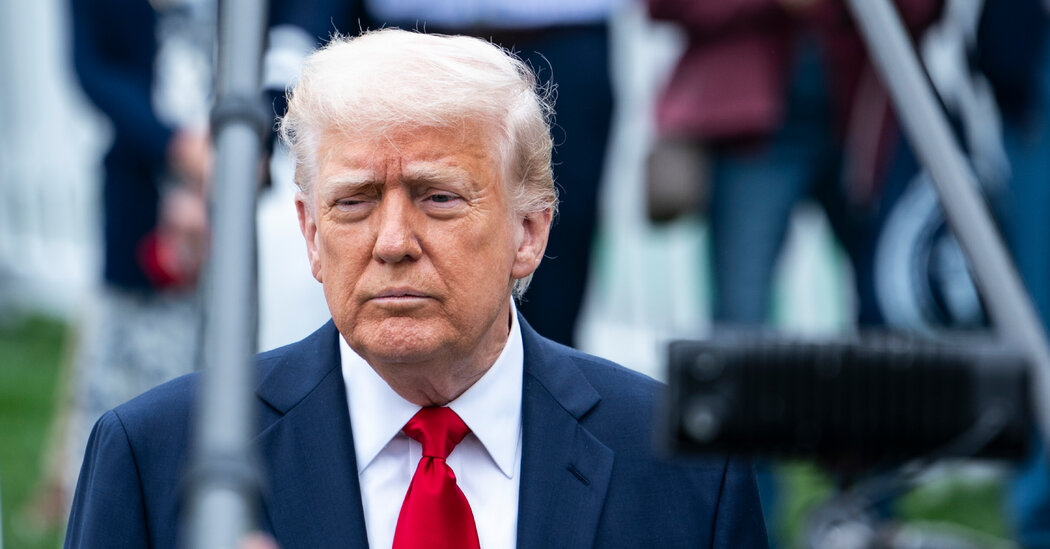






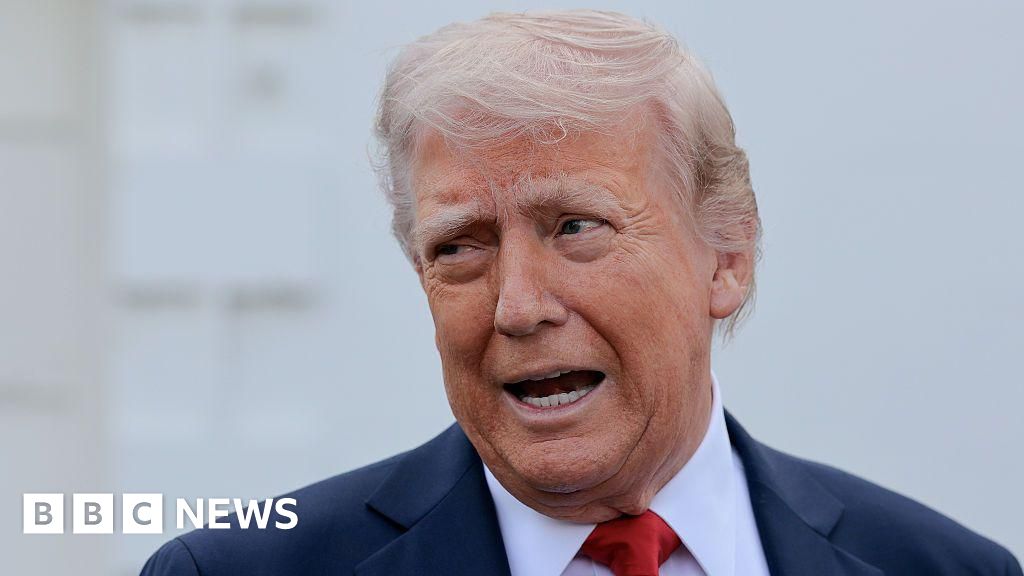
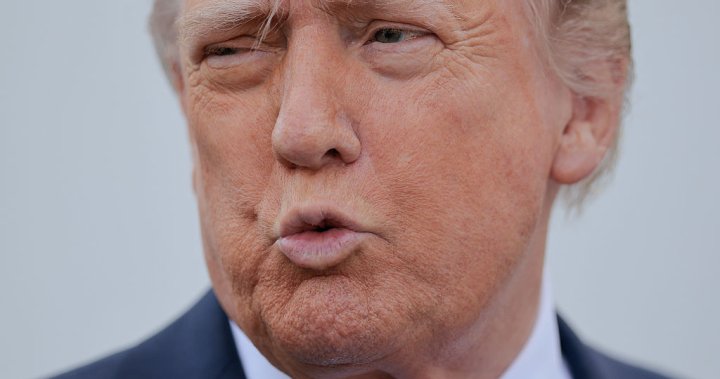
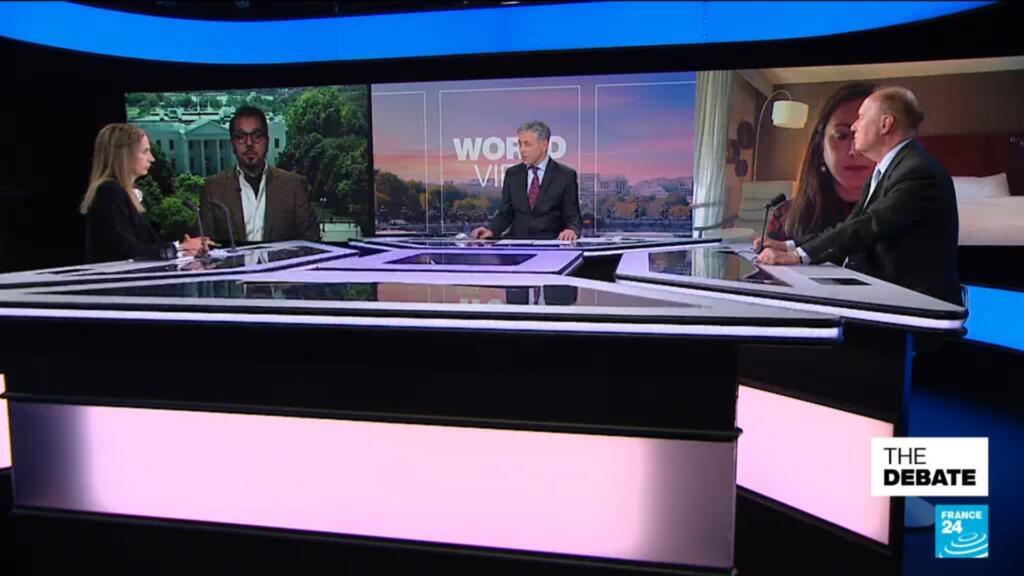
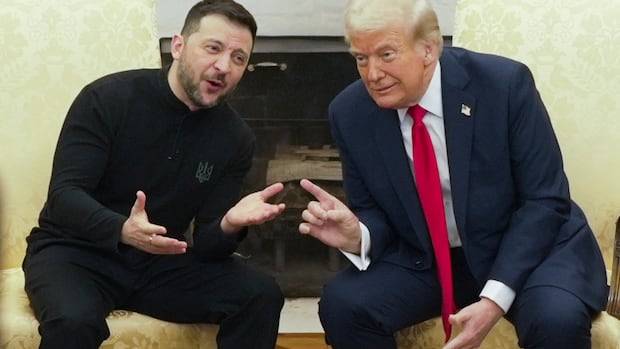

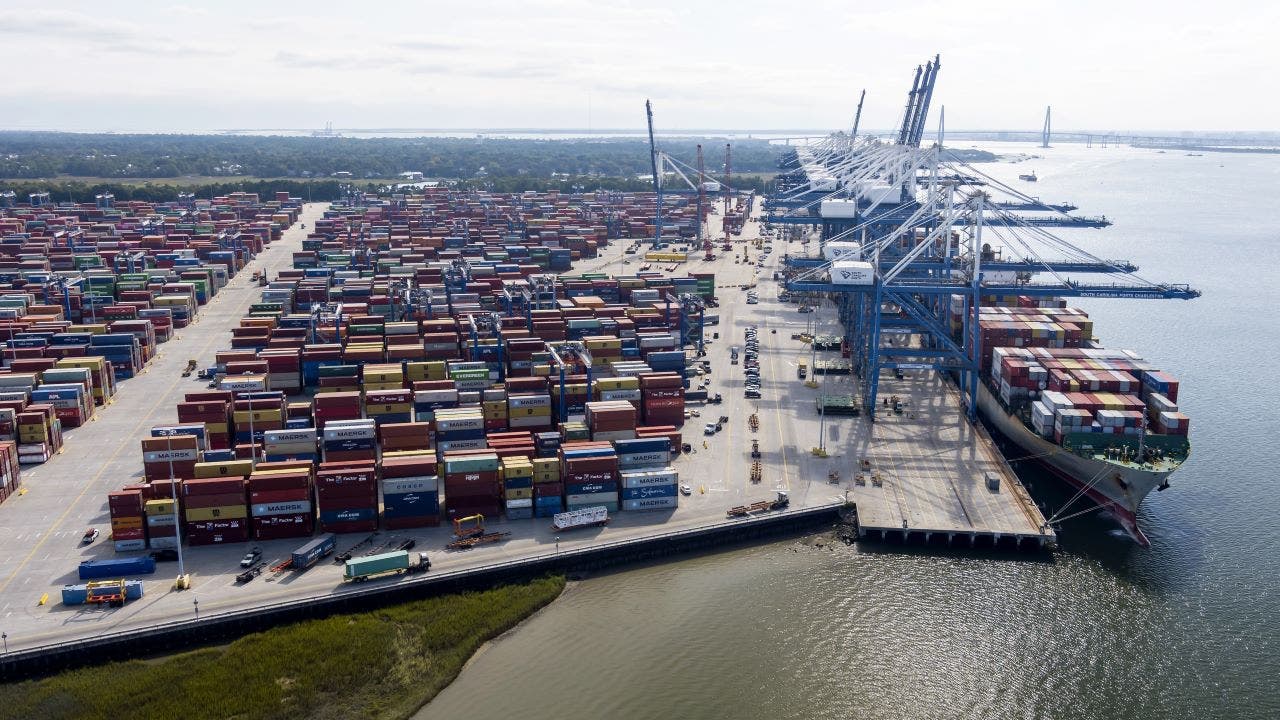

Leave a Reply